Pierre Gagnaire à Seoul (피에르 가니에르)
8.2Km 2019-12-24
30, Eulji-ro, Jung-gu, Seoul
+82-2-317-7181
Internationally renowned as a Michelin three-star chef, Pierre Gagnaire opened his Seoul restaurant, Pierre Gagnaire à Seoul, on October 1, 2008. This is his fourth restaurant following those restaurants in Paris, Tokyo, and Hong Kong. In fact, he was once ranked first among the 100 top chefs in the world. It offers French cuisine featuring innovative and diverse preparation methods with an added artistic touch.
Momoyama (모모야마)
8.2Km 2019-12-17
30, Eulji-ro, Jung-gu, Seoul
+82-2-317-7031
Momoyama is a Japanese restaurant that serves high quality sushi and kaiseki (tasting menu of small, intricate dishes). In addition, the restaurant features a collection of 80 different types of sake along with a sake somelier. The restaurant is also equipped with several private rooms of varying sizes.
Centro Cultural Sejong (세종문화회관)
8.2Km 2023-10-30
Sejong-daero 175, Jongno-gu, Seúl
El Centro Cultural Sejong fue construido en 1978 en Gwanghwamun. Tiene un teatro grande, un teatro pequeño, una galería de arte y otros lugares para albergar varias clases de actuaciones y exhibiciones. El teatro grande del Centro Sejong, su escaparate principal, tiene el mayor órgano de tubos de Asia, y un escenario majestuoso. Puede alojar a 3.822 personas, y su escenario puede transformarse para ajustarse a muchas clases de actuaciones diferentes, como conciertos, obras, ballets y películas, para acentuar sus mejores cualidades. El sistema de iluminación y sonido del escenario, digno de los teatros más grandes, están controlados por ordenador para un control de precisión. El teatro pequeño puede alojar a 442 personas en sus dos pisos, y el escenario es muy grande, considerando el tamaño del teatro pequeño –unas 100 personas pueden estar en el escenario al mismo tiempo-. La galería de arte del Centro Sejong está compuesta en realidad por tres galerías, una en el edificio principal, otra en el edificio anexo y otra más en la sección del Centro añadida recientemente. Las tres son lugares de exhibición vanguardistas. También hay una tienda de arte, salas de conferencias para artistas y muchas salas espaciosas en donde puede relajarse. Incluso si no está aquí para ver ninguna exposición, es un lugar que vale la pena recorrer.
STAY dayoff [Korea Quality] / 스테이 데이 오프 [한국관광 품질인증/Korea Quality]
8.2Km 2021-03-29
6, Jahamun-ro 1da-gil, Jongno-gu, Seoul
This hanok (traditional Korean house) is located behind Seochon Food Street, located near Gyeongbokgung Station on Seoul Subway Line 3. It is located only 5 min away by foot from the station. Opening the door brings one to a small garden, furnished with stones and moss on a corner, and the interior also speaks to the unique combination of a modern hanok with contemporary sensibilities. The building is divided into the main building and annex building, with the former having two queen bedrooms connected by a living room and kitchen as well as two bathrooms.
The annex building is the hidden jewel of STAY dayoff, which houses a bathtub and a sauna facility behind a beautiful window wall. When the windows are opened, it is like being in an open-air bath overlooking the garden and the hanok. The standard occupancy of the house is 4, with a 10% discount available for guests staying for more than 2 nights on weekdays, and towel replacement and cleaning services are offered for guests staying for more than 4 nights.
Tiendas Departamentales Lotte (Casa Central) (롯데백화점 본점)
8.3Km 2024-05-17
Namdaemun-ro 81, Jung-gu, Seúl.
NUHADANG [Korea Quality] / 누하당 [한국관광 품질인증]
8.3Km 2020-09-10
49-7, Pirundae-ro, Jongno-gu, Seoul
010-9692-1330
Guesthouse Nuha is a ‘hanok’ or traditional Korean house consisting of four guestrooms located in Nuha-dong, Seochon (west of Gyeongbokgung Palace, Jongno, Seoul) where many Confucian scholars and artists lived during the Joseon Dynasty.
Exuding a refined atmosphere, Guesthouse Nuha is very popular among not only domestic visitors but also foreign tourists who want to experience the flavor of Korea in a cozy hanok. All four guestrooms (An-bang, Sarang-bang, Geul-bang, and Byeol-dang) are covered with eco-friendly hanji (traditional Korean paper handmade from mulberry tree) wallpaper, and are equipped with a thick cotton-wool comforter and pillows imbued with the scent of Hinoki cypress tree to help guests relieve their fatigue.
Breakfast is served free of charge. Guests can also experience traditional Korean culture here, such as playing a Korean musical instrument (janggu or double-headed drum), playing a game of yut in the yard, or wearing hanbok (traditional Korean clothes). Although a local bus service passes through the village, it is highly recommended to take a quiet leisurely around the area.
Gomguksijib (곰국시집)
8.3Km 2025-05-15
24, Mugyo-ro, Jung-gu, Seoul
Jeongtong Junghwayori Joaru - Myeong-dong Branch(정통중화요리조아루 명동)
8.3Km 2021-04-16
1-8, Hoehyeon-dong, 3(sam)-ga, Jung-gu, Seoul
+82-2-779-7897
A Chinese restaurant frequented by workers in Myeong-dong. This restaurant's signature menu is noodles in black bean sauce. This Chinese (cuisine) restaurant is located in Jung-gu, Seoul.
Spao (Sucursal de Myeong-dong) (스파오 (명동점))
8.3Km 2024-02-01
Myeongdong 8-nagil 15, Jung-gu, Seúl
Bugeogukjip (북어국집)
8.3Km 2020-06-17
38, Eulji-ro 1-gil, Jung-gu, Seoul
+82-2-777-3891
Bugeogukjip (formerly “Teojutgol”) is a restaurant behind City Hall in Seoul that has been serving up authentic dried Pollack soup since 1968. Despite a name change, the restaurant has proudly stood in this same location for decades, earning a strong reputation for its dried Pollack soup made using traditional cooking methods.
Since the restaurant only serves one thing—dried Pollack soup—there are few preparations to be made and the meal arrives on your table in minutes. Customers are free to serve themselves basic side dishes such as kimchi and can have as many servings of rice as they’d like, allowing diners to enjoy a hearty meal at a low price. While the restaurant’s design and menu may be simple, Bugeogukjip takes pride in its long history and the careful efforts that have earned it a reputation as one of the most notable restaurants in Seoul.

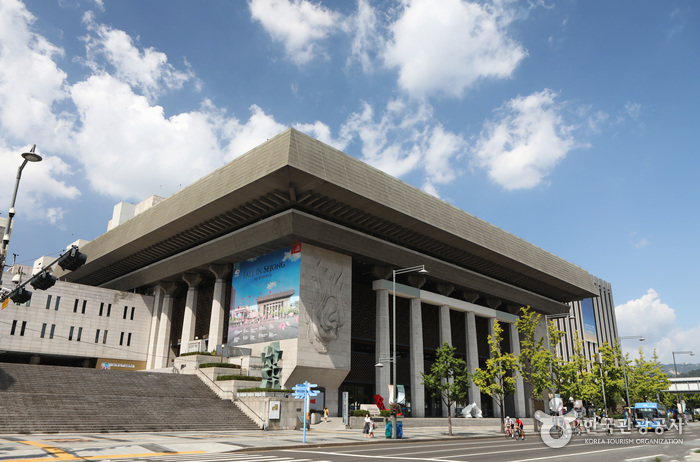
![STAY dayoff [Korea Quality] / 스테이 데이 오프 [한국관광 품질인증/Korea Quality]](http://tong.visitkorea.or.kr/cms/resource/96/2707596_image2_1.jpg)
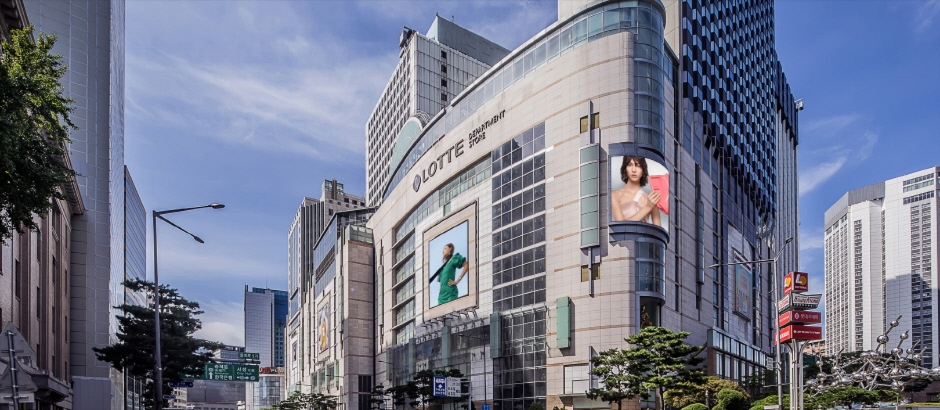
![NUHADANG [Korea Quality] / 누하당 [한국관광 품질인증]](http://tong.visitkorea.or.kr/cms/resource/58/2532358_image2_1.jpg)
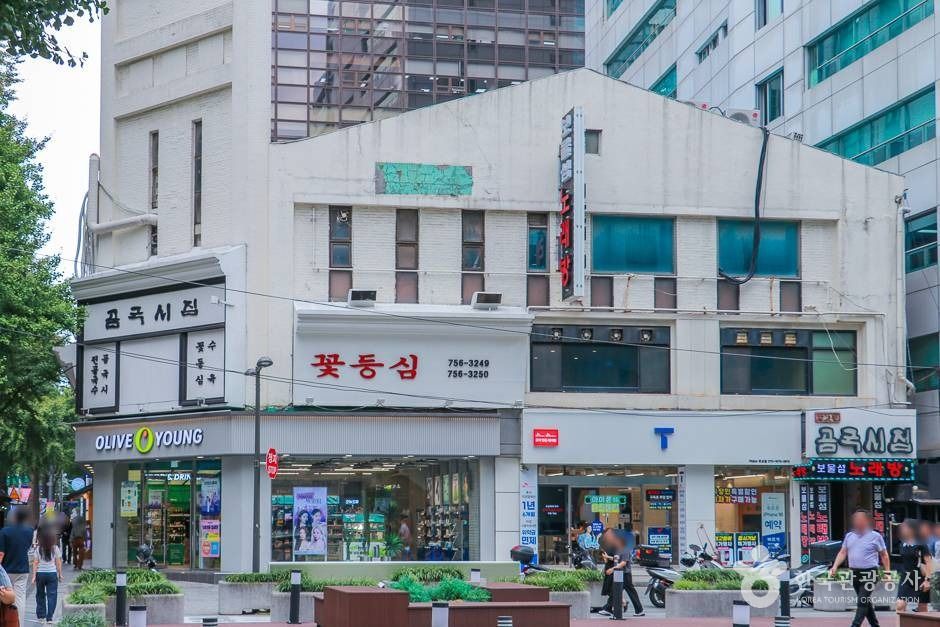
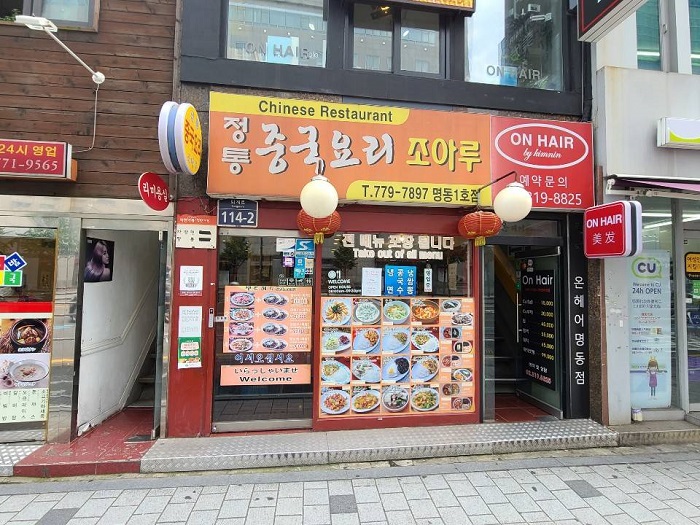
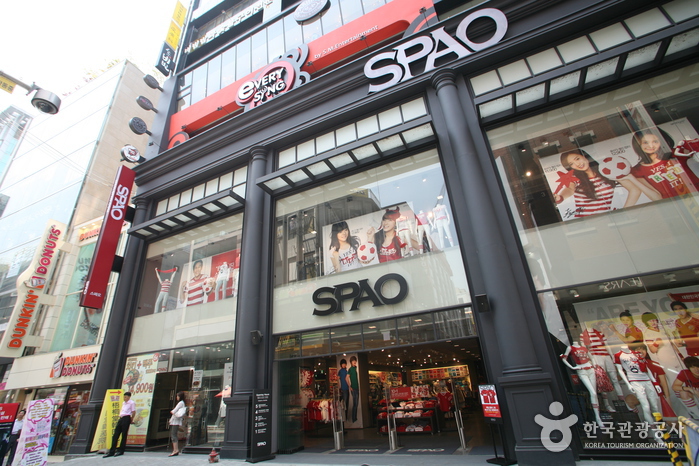
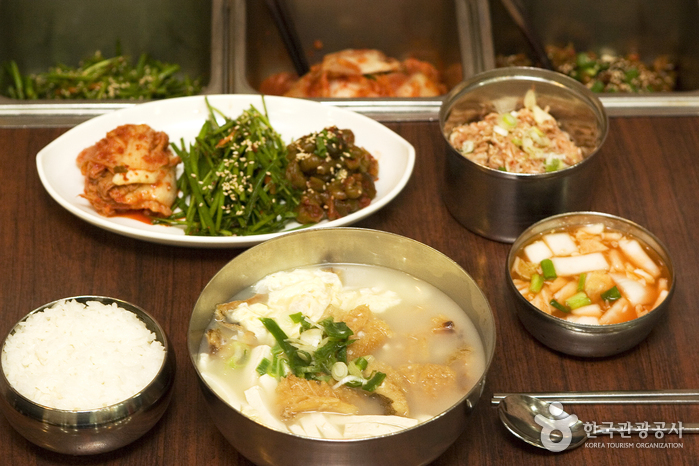
 Español
Español
 한국어
한국어 English
English 日本語
日本語 中文(简体)
中文(简体) Deutsch
Deutsch Français
Français Русский
Русский